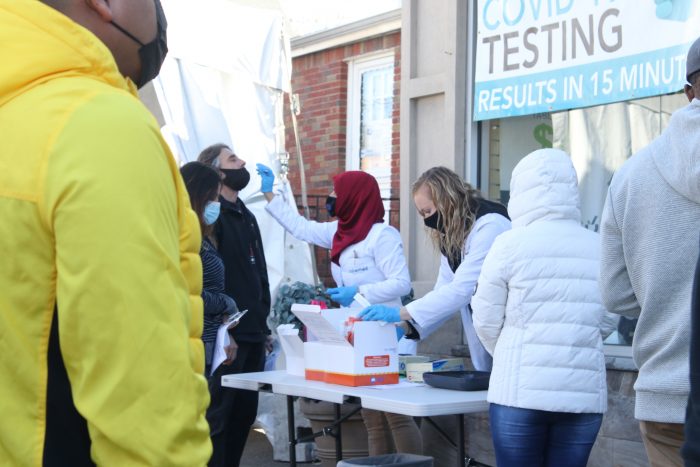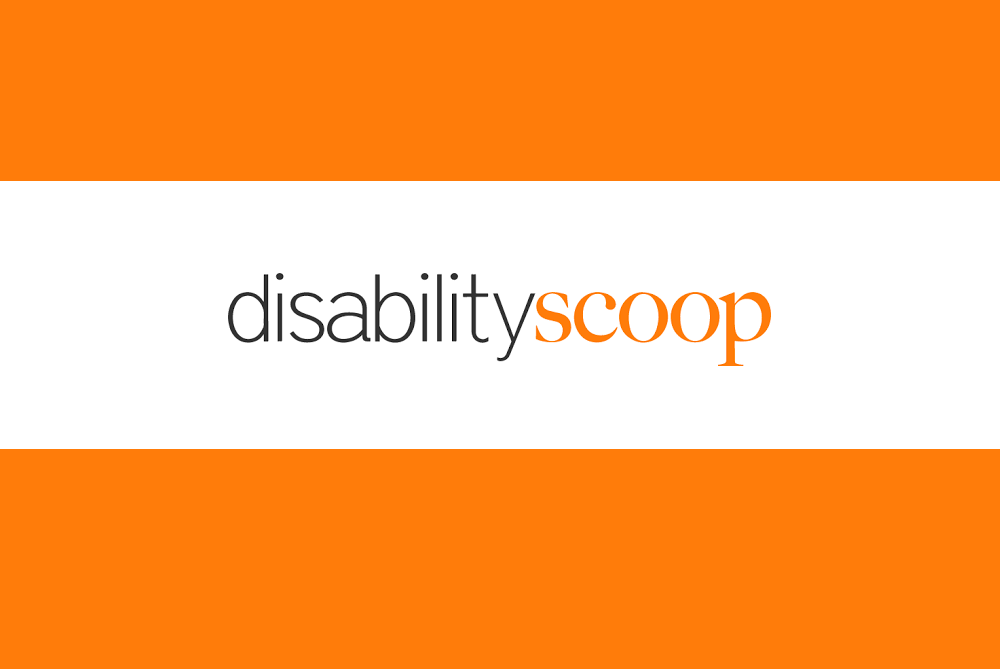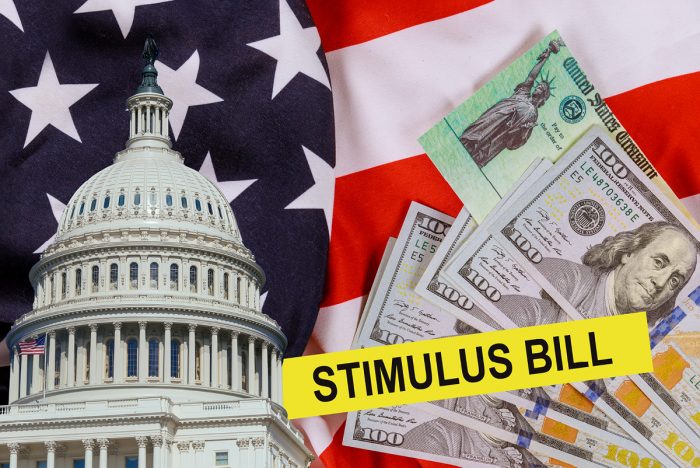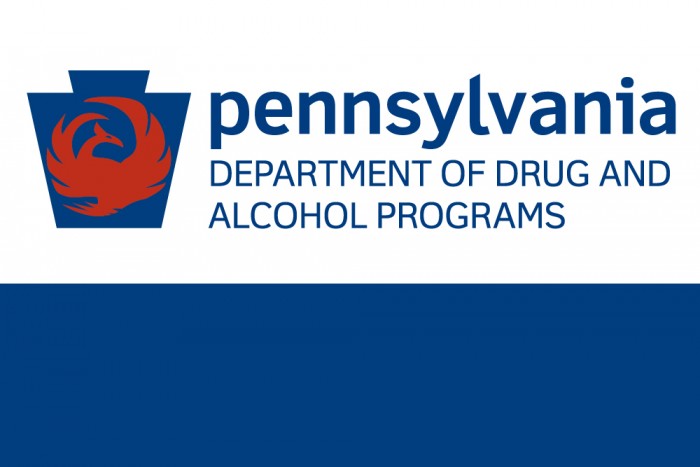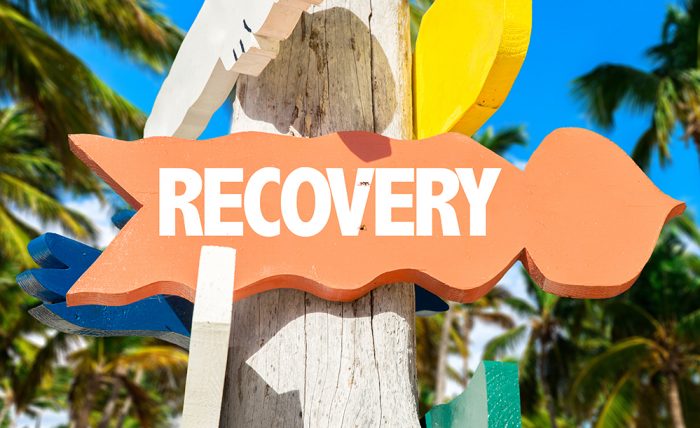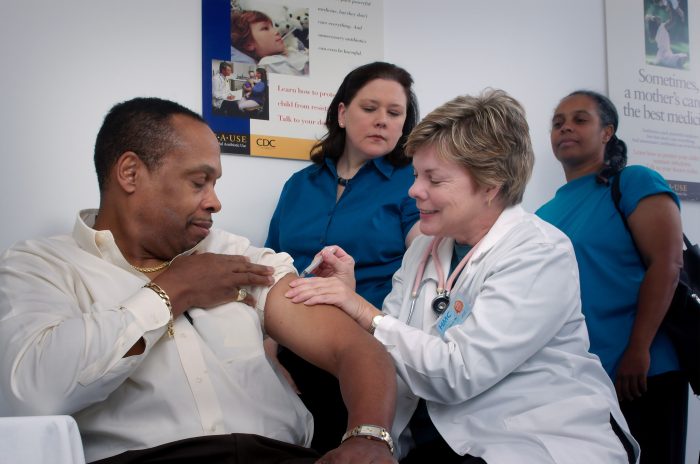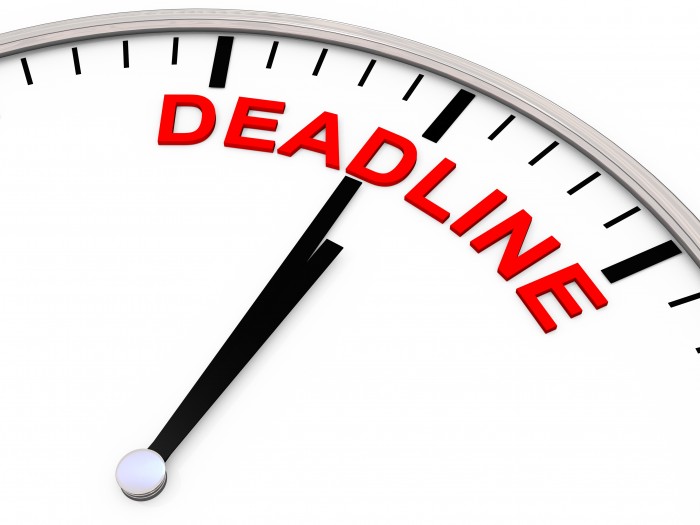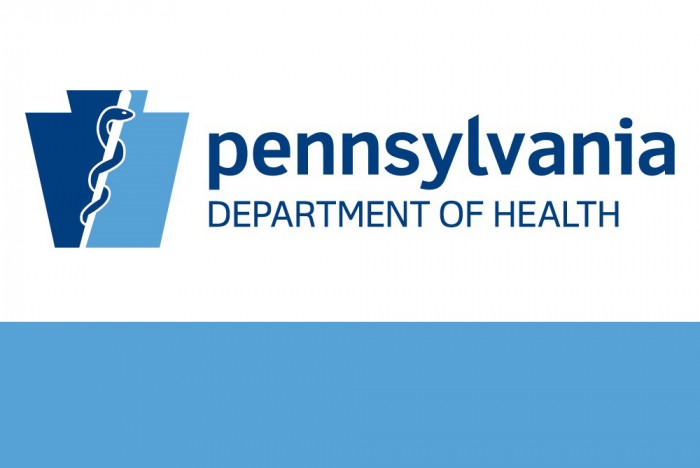DDAP Announces SAMHSA Funding and Training Opportunities
The Substance Abuse and Mental Health Services Administration (SAMHSA) is accepting applications for the Enhancement and Expansion of Treatment and Recovery Services for Adolescents, Transitional-Aged Youth, and their Families grant program (Youth and Family TREE). The purpose of this program is to enhance and expand comprehensive treatment, early intervention, and recovery support services for adolescents (ages 12-18) and transitional-aged youth (ages 16-25) with substance use disorders (SUD) and/or co-occurring substance use and mental disorders (COD) and their families/primary caregivers. SAMHSA plans to issue approximately 17 awards of up to $545,000 per year for up to five years. Application Due Date: Monday, February 8, 2021
Building Communities of Recovery
SAMHSA is accepting applications for Building Communities of Recovery (BCOR). The purpose of this program is to mobilize resources within and outside of the recovery community in order to increase the prevalence and quality of long-term recovery support from substance abuse and addiction. SAMHSA plans to issue 19 awards of $200,000 per year for up to three years. Application Due Date: Monday, February 15, 2021
Enhanced Prevention Learning Series (EPLS): Leveraging Systems Change in Substance Misuse Prevention
Tuesday, January 6, 2021 at 12:30 pm Eastern Time (ET)
This six-week distance learning series offers an interactive experience for participants to explore the role of systems change in substance misuse prevention. The distance learning series will include skill-based learning opportunities, individual and group activities, reading assignments, and group discussion. Other session dates include:
- January 13, 2021
- January 20, 2021
- January 27, 2021
- February 3, 2021
- February 10, 2021
Wolf Administration Ensures All Pennsylvania Facilities Providing Treatment and Recovery Services Have Access to Resources to Support Tobacco-Free Recovery
Introducing the RCPA Quarterly Newsletter
Over the last several years, RCPA had produced a monthly newsletter – gathering articles and information for members on a more global basis. This was in addition to the daily (alerts, infos) and weekly information provided. Our statistics show that this newsletter was, in fact, read (or at least opened!) by membership on a fairly routine basis.
With the appearance of COVID, however, everything seemed to become “immediate.” The notion of a monthly newsletter seemed to become antiquated and out of touch with the needs of our members and what was happening to the minute of each day during an ongoing crisis.
As we look back at the last year, as a staff we discussed what perhaps had been missed by not providing this communication. We did not want to simply revisit producing the monthly newsletter, just because that’s the way business had always been; those times have passed.
But admittedly, there are some things that are falling through the cracks during this “everything is now” culture. So after discussion, we are moving to the creation of a Quarterly Newsletter – but not one that simply rehashes all that we have already sent out to membership. You have this information already, and by the time of our newsletter publication it may be “stale” or even outdated.
Rather, this publication will focus on topics such as the following:
- Articles from provider members and businesses on a range of topics;
- Programs / best practices / technology highlights;
- Introduction of new members;
- Content from our national association partners that has not been covered elsewhere;
- Updates from our growing Diversity, Equity, and Inclusion (DEI) Committee;
- Updates from other projects (e.g., Media Campaign) and committees;
- Member updates (e.g., honoring staff, awards given);
- Legislative tracking updates; and
- Conference and educational updates and opportunities.
Please join us in the creation of this newsletter and in assisting with the content of this new publication. We hope you will enjoy this addition to the RCPA member communication. We envision this new endeavor beginning in March 2021.
EEOC Publishes Guidance on Employer Mandatory COVID-19 Vaccination Policies (US)
Wolf Administration Urges Pennsylvanians Needing New or Renewed FBI Clearances to Obtain Them Before the December 31 Deadline
PA Department of Health Guidance Following COVID-19 Vaccination
The Pennsylvania Department of Health (DOH) provides guidance in 2020-PAHAN-541 for responding to signs and symptoms following COVID-19 vaccination in health-care personnel (HCP). Strategies are needed for health-care facilities to appropriately evaluate and manage post-vaccination signs and symptoms among health-care personnel (HCP) in order to minimize staffing disruptions and the transmission of infectious diseases, including COVID-19.
Key points in the advisory include:
- Signs and symptoms – such as fever, fatigue, headache, chills, myalgia, and arthralgia – can typically occur following COVID-19 vaccination. They usually occur within the first three days of vaccination.
- Presence of signs and symptoms consistent with SARS-CoV-2 infection that are not typical for post-vaccination signs and symptoms (i.e. cough, shortness of breath, rhinorrhea, sore throat, loss of taste or smell) should not be attributed to the COVID-19 vaccine.
- Positive viral (nucleic acid or antigen) tests for SARS-CoV-2, if performed, should not be attributed to the COVID-19 vaccine since vaccination does not influence the results of these tests.
A figure is provided to outline the steps health-care facilities should take in response to HCP who develop symptoms within the three days following vaccination for COVID-19. If you have questions about this guidance, please contact DOH at 1-877-PA-HEALTH (1- 877-724-3258) or your local health department.
Secretary Letter: COVID-19 Vaccine Update
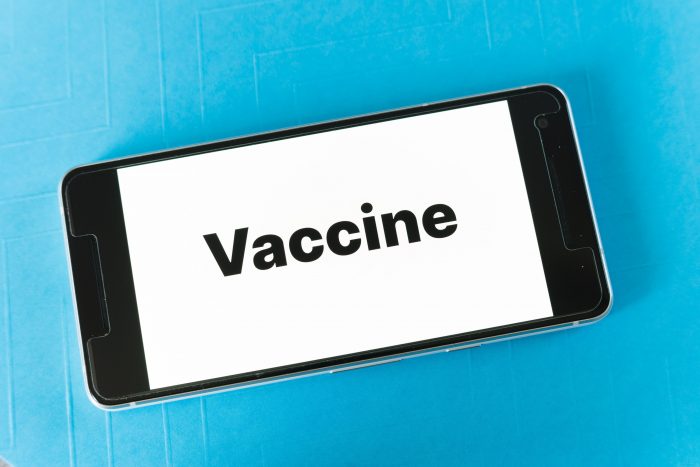
Good afternoon Department of Drug and Alcohol Programs (DDAP) Stakeholders,
I hope this message finds you and your loved ones well during this unique holiday season. I wanted to take the opportunity to address a much anticipated and historic aspect of supporting Pennsylvanians through the pandemic – the long-awaited arrival of the first COVID-19 vaccines.
As I am sure you are aware, the commonwealth received its first allotment of COVID-19 from Pfizer on Monday of this week. As detailed in the Department of Health’s interim vaccine distribution plan, the first priority group to be vaccinated is our Pennsylvania hospital workers who are directly caring for COVID-19 patients. As more vaccine doses become available, the Department of Health will continue to ensure that they arrive at the designated enrolled hospital and health-care systems throughout the commonwealth or the established vaccine distribution partners. These sites will then administer vaccinations to the groups identified in the current distribution plan.
I want to take a moment to reiterate two very important aspects of the vaccine distribution:
- At this time, there is a very limited supply to meet the demand of Pennsylvanians who are currently eligible for the vaccine. However, myself and the entire Wolf Administration want to assure each of you, your staff and coworkers, and your loved ones that all Pennsylvanians who would like to be vaccinated will have access to the vaccine. This is simply the first step in a vaccination process that will take months to complete.
- If you have taken the time to review the plan, you will see that there are still many details that need to be finalized and subgroups who need to be identified. The Department of Health has stated that the interim plan is very much a working document, and it will continue to be updated as the Center for Disease Control and Prevention’s Advisory Committee on Immunization Practices identifies further priority populations. At this time, drug and alcohol treatment providers are referenced in the plan as eligible for vaccinations during phase 1b. It is also important to recognize that the “vaccination phases” will happen at their own pace throughout the commonwealth. For example, if vaccine distributors in the western part of the commonwealth vaccinate Pennsylvanians more quickly than those in the central area, then they will move through priority populations and “phases” more rapidly.
At this time, vaccination distribution planning remains very fluid due to key aspects of planning and preparation that are still outstanding. These aspects include the amount of vaccine dosages available to Pennsylvanians, which vaccine will be available, and which private/public partners have the storage capabilities and sheer manpower to host a vaccine distribution site.
I write today to express the Department of Drug and Alcohol Programs’s commitment to each of you. We pledge to be transparent throughout the vaccine planning process when answering questions that include but are not limited to:
- When treatment providers will be eligible for vaccinations;
- How providers will receive notifications of vaccine availability; and
- Where individuals need to be present in order to access their vaccination.
We are working closely with the Department of Health to provide information to you as quickly as possible, but I ask for your continued patience as the logistics are developed and finalized.
For the most up-to-date information on Pennsylvania’s vaccine distribution, I encourage each of you to regularly visit the Department of Health’s COVID-19 vaccine portion of their website as well as their news section, which provides updates on how many vaccine doses have arrived and where the vaccine has been received in Pennsylvania. Feel free to utilize the COVID-19 vaccine toolkit, which provides vaccine development background, facts, and graphics for your facilities and social media channels.
Thank you for your continued patience as more information becomes available and for your continued partnership in ensuring that all members of Pennsylvania’s drug and alcohol system remain safe.
Be well,
Jen Smith
DDAP Secretary
DOH Announces Week Three of Regional Testing Extension Across the Commonwealth
